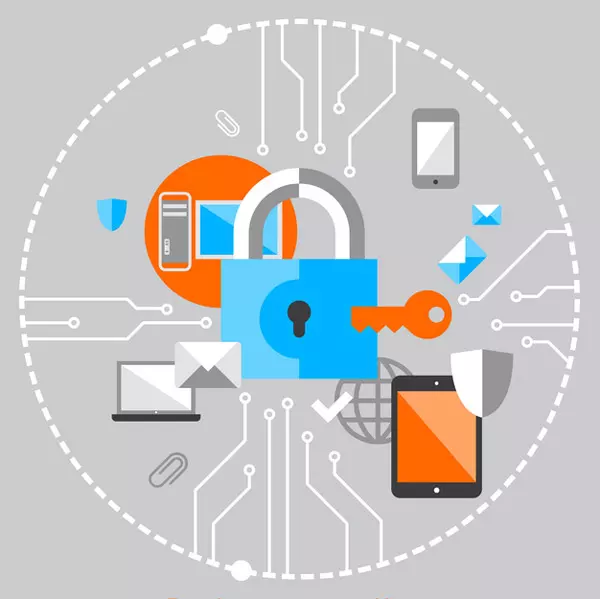How to Solve Caching Conundrums
Web caching: a crucial, yet quirky, aspect of web development. Between your browser and the server lies a complex network of caches, silently optimizing internet traffic. However, this very system can introduce baffling inconsistencies if not carefully managed.
Key Takeaways:
- Web caching relies heavily on HTTP status codes and headers (like
Last-Modified,Etag, andCache-Control).Cache-Controlis paramount, offering options such asno-store,no-cache,public,private, andmax-age. - Chrome and Edge exhibit unique behaviors. To prevent caching conflicts, particularly with AJAX calls, use distinct URLs for page content and AJAX data. This avoids the scenario where cached JSON replaces expected HTML.
- Self-signed SSL certificates disrupt caching in Chrome and similar browsers. They effectively disable caching, leading to discrepancies between local testing and live deployments.
HTTP Header Management:

Caching behavior is dictated by HTTP status codes and headers. A browser/proxy will either serve cached data, verify data freshness with the server, or fetch fresh data. The Cache-Control header is key:
-
no-storeorno-cache:no-storeprevents all caching;no-cacheallows the browser/proxy to check with the server usingLast-Modifiedand/orEtagbefore serving cached data. -
publicorprivate:publicallows caching everywhere;privaterestricts caching to the user's browser. -
max-age: Specifies the cache validity period in seconds.
Example (PHP):
header('Cache-Control: private,max-age=30');
echo json_encode($data);Example (Node.js/Express):
res
.set('Cache-Control', 'private,max-age=30')
.json(data);Distinct URLs for Pages and AJAX Data:
Even with proper header settings, browser inconsistencies can arise, especially when using the back button. Chrome and Edge might revert to the initial page state, while Firefox and Safari retain the last known state.
Consider a paginated table:
- Initial page load:
http://myapp.com/list/ - AJAX navigation: The URL changes (e.g.,
http://myapp.com/list/?search=bob&page=42), but AJAX updates the DOM.
If the AJAX call uses the same URL, Chrome/Edge might serve cached JSON instead of HTML when the back button is pressed. The solution: use separate URLs for page and AJAX requests (e.g., add &ajax=1 to the AJAX URL). This ensures independent caching.
The Peril of Self-Signed SSL Certificates:

While convenient for development, self-signed certificates prevent Chrome (and likely other Blink-based browsers) from caching page data. This creates inconsistencies between local testing (no caching) and live deployments (caching enabled).
Frequently Asked Questions (FAQs):
The provided FAQs section remains largely unchanged, as it offers valuable information on caching best practices and troubleshooting. The content is already well-structured and addresses common concerns related to caching JSON responses and overall web development strategies.
The above is the detailed content of How to Solve Caching Conundrums. For more information, please follow other related articles on the PHP Chinese website!

Hot AI Tools

Undresser.AI Undress
AI-powered app for creating realistic nude photos

AI Clothes Remover
Online AI tool for removing clothes from photos.

Undress AI Tool
Undress images for free

Clothoff.io
AI clothes remover

AI Hentai Generator
Generate AI Hentai for free.

Hot Article

Hot Tools

Notepad++7.3.1
Easy-to-use and free code editor

SublimeText3 Chinese version
Chinese version, very easy to use

Zend Studio 13.0.1
Powerful PHP integrated development environment

Dreamweaver CS6
Visual web development tools

SublimeText3 Mac version
God-level code editing software (SublimeText3)

Hot Topics
 1379
1379
 52
52
 Top 10 Best Free Backlink Checker Tools in 2025
Mar 21, 2025 am 08:28 AM
Top 10 Best Free Backlink Checker Tools in 2025
Mar 21, 2025 am 08:28 AM
Website construction is just the first step: the importance of SEO and backlinks Building a website is just the first step to converting it into a valuable marketing asset. You need to do SEO optimization to improve the visibility of your website in search engines and attract potential customers. Backlinks are the key to improving your website rankings, and it shows Google and other search engines the authority and credibility of your website. Not all backlinks are beneficial: Identify and avoid harmful links Not all backlinks are beneficial. Harmful links can harm your ranking. Excellent free backlink checking tool monitors the source of links to your website and reminds you of harmful links. In addition, you can also analyze your competitors’ link strategies and learn from them. Free backlink checking tool: Your SEO intelligence officer
 Building a Network Vulnerability Scanner with Go
Apr 01, 2025 am 08:27 AM
Building a Network Vulnerability Scanner with Go
Apr 01, 2025 am 08:27 AM
This Go-based network vulnerability scanner efficiently identifies potential security weaknesses. It leverages Go's concurrency features for speed and includes service detection and vulnerability matching. Let's explore its capabilities and ethical
 CNCF Arm64 Pilot: Impact and Insights
Apr 15, 2025 am 08:27 AM
CNCF Arm64 Pilot: Impact and Insights
Apr 15, 2025 am 08:27 AM
This pilot program, a collaboration between the CNCF (Cloud Native Computing Foundation), Ampere Computing, Equinix Metal, and Actuated, streamlines arm64 CI/CD for CNCF GitHub projects. The initiative addresses security concerns and performance lim




